In the battle to save the city’s animals from harm, you pick up some war stories. Society for the Prevention of Cruelty to Animals (SPCA) inspectors are full of them.
Stories of daring, like when Bob Kwong repelled down a rocky cliff face in Fo Tan during a 52-hour mission to reach a dog stranded on a ledge. Exploits of ingenuity, like the time Desmond Tsang freed a turtle trapped in a pipe by fixing a magnet to its shell. Tales of woe, like when Anthony Leung rescued a cat from a tight spot in a public toilet and got an eye infection for his trouble.
The organization receives about 30,000 calls from the public each year. On any given day they can be found somewhere in Hong Kong, responding to an animal in distress. The stories that SPCA inspectors could tell are, essentially, endless.
And while they usually work solo, Coconuts HK got the chance to tag along for the ride on a recent sunny Wednesday with Tommy Tse, a 29-year-old inspector with four years experience under his khaki pants-supporting utility belt.

Both affable in nature — and to nature — Tse’s climbed through a ventilation system to fetch a pup stuck in a bomb shelter, hiked six hours to retrieve a sick turtle from a remote beach in Shek O, and once found a slow loris, alive, in a bin.
He also constantly gets scratched by cats.
“Always,” he said of the cat injuries as, at about 9:30am, we headed to the first job in a van loaded with cages and emblazoned with the Animal Rescue logo.
Job one: Bird in a Box
SPCA Inspectors are trained for some tough situations, says Hayden Kwok, the society’s communications manager, who was also along for the ride.
As well as the aforementioned abseiling, there’s white-water rafting, the tricky task of removing trap or snares set for animals, there’s requisite legal knowledge, veterinary first aid, and how to handle wildlife. Recently, there was a workshop on how to deal with cows.
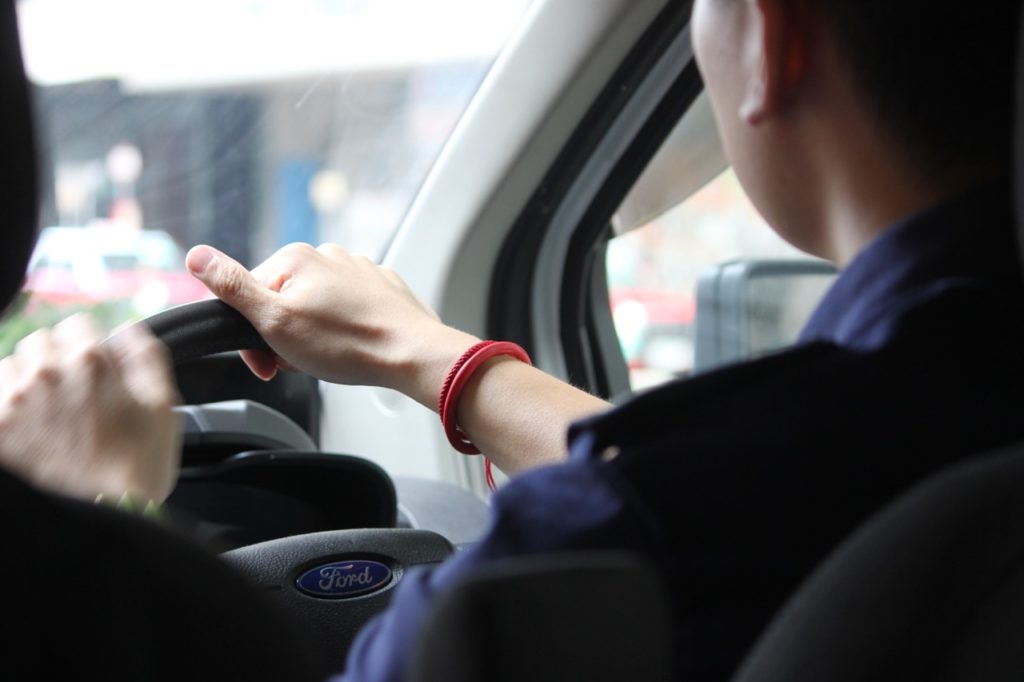
Our first task wasn’t exactly a standout on the stuntman spectrum — no harnesses, no abseiling — but in animal rescue, there are no small jobs, just small animals, like the injured bird in a box we were currently searching for in downtown Yuen Long.
To guide us, we had a picture of said box sent in by a member of the public — the “informant,” as those who provide SPCA tip-offs are known in a nice noir touch to a job that often requires some sleuthing, particularly when suspected cruelty is afoot.
Investigating inspectors, says Kwok, wear white shirts or go plain clothes when, acting on a tip, they probe potential cases of abuse. Given that the organization is a non-profit, they coordinate closely with police and government departments when it comes to the pointy end of taking action.
Uniform for frontline staff, meanwhile, comprises double blue khaki with black boots. And, dressed so, with the added bling of a bright green G-Shock watch, Tse strode over to a white polystyrene box placed next to one of Hong Kong’s ubiquitous orange bins.
Almost before Coconuts HK had managed to slide open the rescue van’s side door, a small swift sat snug in our inspector’s hand. The first rescue had been effected.

Jobs Two and Three: Cat in a Cage/Pigeon Chase
En route to the next mission in Tuen Mun — about 4 kilometers away as the hopefully soon recovered swift might fly — Coconuts HK inquired further about the perils of the two-days-on/one-day-off life of an SPCA inspector.
Tse explained that situations often arise where several residents make a claim to the same stray, turning some calls into tense custody battles. We asked if claimants were difficult to placate.
“Always,” he added again, keeping his eyes on the road. It was to such a communal ownership situation we were headed. Like many industrial sites, the shipping container yard at which we arrived counted several stray cats and dogs among its denizens.
Fortunately, the shirtless workers on morning shift were softies. For the sick cat among the crew, they’d already fetched and fitted out a spacious cage, which was lugged lickety-split to the van.
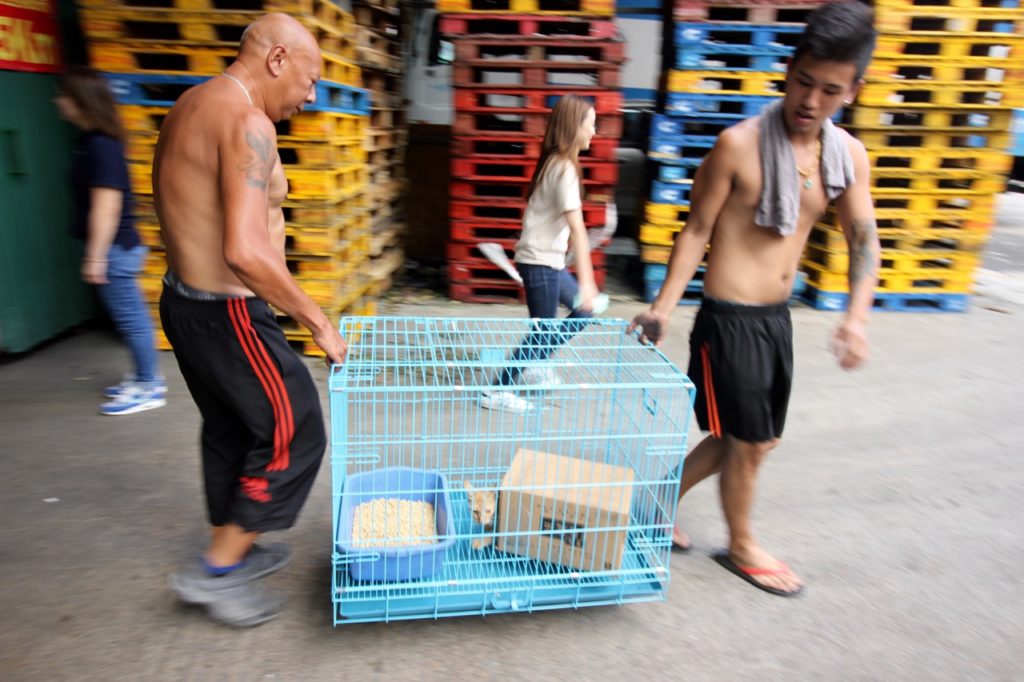
Back on the road, we pushed for details of the strangest jobs. Kwok recalled coming across an open coffin full of clothes while with a team searching a country park for animal traps, which are often set by villagers hoping to (illegally) snare a wild boar for supper. The next day, the coffin remained but the clothes were gone.
Tse gave the question several minutes of thought. He then submitted rescuing a cat from a ledge outside a brothel.
“A cat at a cathouse,” Coconuts HK added, somewhat expectantly.
No one laughed. Luckily, the team’s focus was soon shifted to a secondary school in Tseung Kwan O where a flightless pigeon had been wandering around the playground for a few days.
“It’s a young bird, probably still learning to fly,” explained Tse, as he engaged in a slow speed and ultimately successful pigeon pursuit around the soccer pitch. Returning to the van, our inspector recalled his earlier days as a student, studying business management at university.
Not particularly enthusiastic to continue a job in sales, it was a chance meeting with an SPCA inspector in Sai Kung, he said, that planted the seed of saving animals for a living.
Hopefully, any student onlookers to our pigeon chase may have felt the same way.
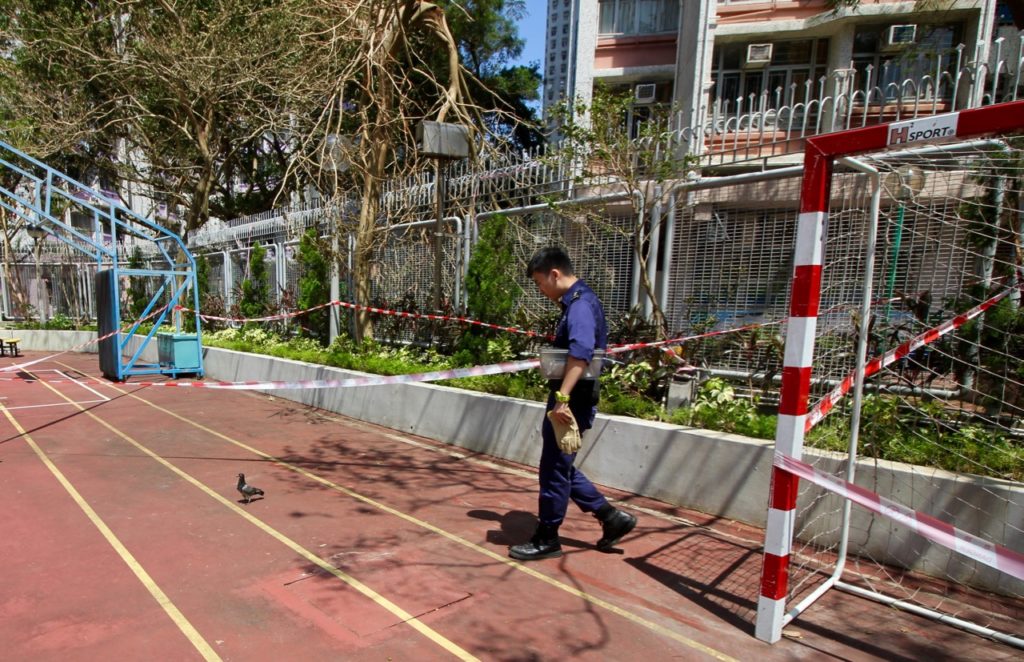
Jobs four and five: Cat caught in a Fence, Dog stuck in a house
It goes without saying that dealing with animal cruelty has its dark side.
Earlier this year, Tse was among the first on scene when a dog was thrown to its death from a rooftop in Cheung Sha Wan. He was also on call when 10 turtles were found stabbed with pencils at a hospital in Chai Wan.
Both cases resulted in prosecutions, the number of which has risen in recent years, according to SPCA’s most recent statistics, which show there were 838 animal cruelty complaints with 38 prosecutions initiated 2016/17 — an increase of 7 percent and 52 percent, respectively, on the year previous.
One of the hardest things to confront, he says, was the smell of 49 dogs caged and left in their own filth by an illegal breeder.
“You never see the good ones,” he said.
At a housing complex in Beacon Hill, we get our first scene of an animal in serious trouble. Scaling a wall, a stray cat had become tangled in, and impaled upon, razor wire atop a fence. It writhed in fear and pain as Tse approached.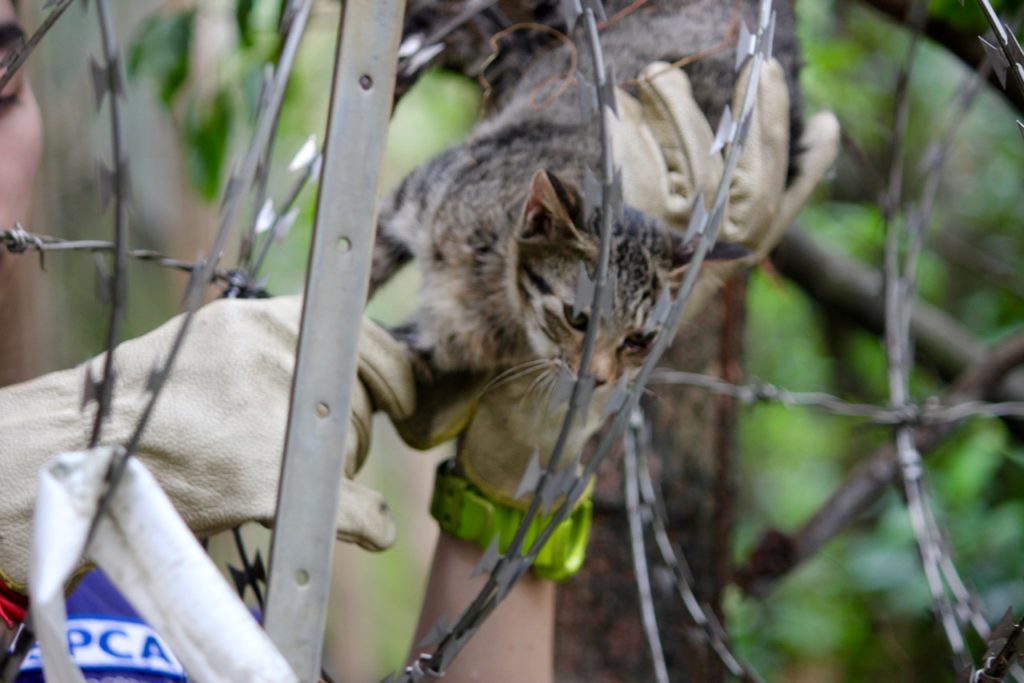
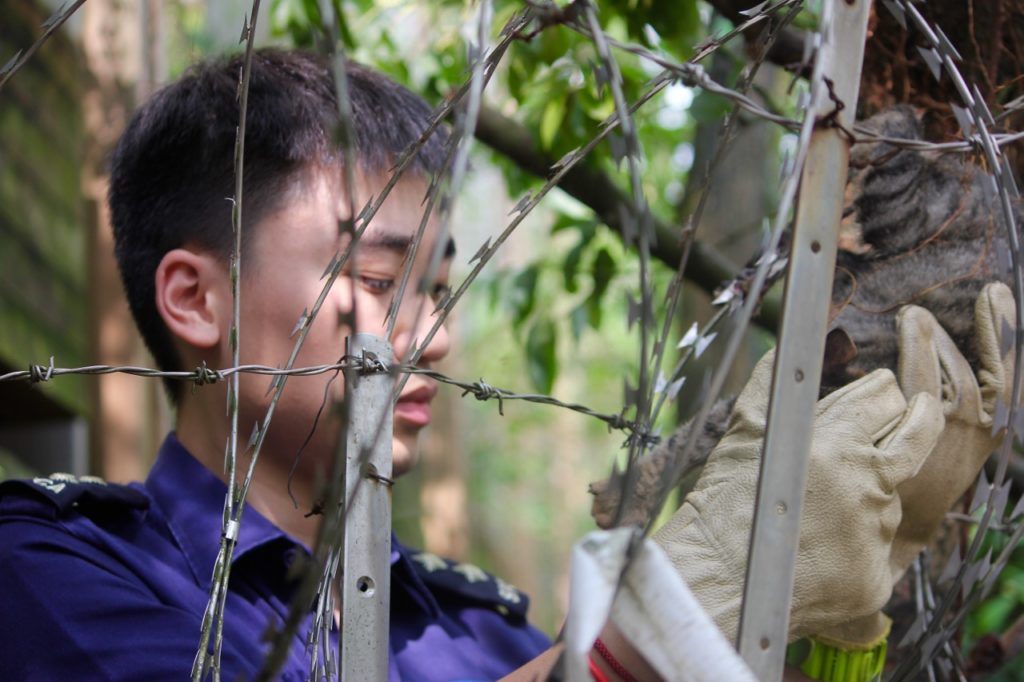
For the next 20 minutes, Tse cradled the creature as permission was sought to cut the wire. The bolt cutters we carried in the van proved an essential tool. In the dense urban jungle of Hong Kong, such situations are not uncommon, said Kwok.
We headed back to base to drop off the frightened and badly injured feline. Tse tended to another cat scratch.
As the sun sank lower in the sky, we drove to Sai Kung where, a few days prior, the gale force winds of typhoon Mangkhut had toppled numerous trees, including one now blocking the entry to the hilltop home of an elderly woman and her dog.
The former had sought shelter elsewhere and was yet to return. The latter, unfed for days, barked incessantly as Tse and fellow inspector Anthony Leung — brought as manpower backup and showing no signs of lingering effects from the aforementioned eye infection — scaled the gate and dodged the city’s biggest spider to deliver a bag full of doggie essentials.
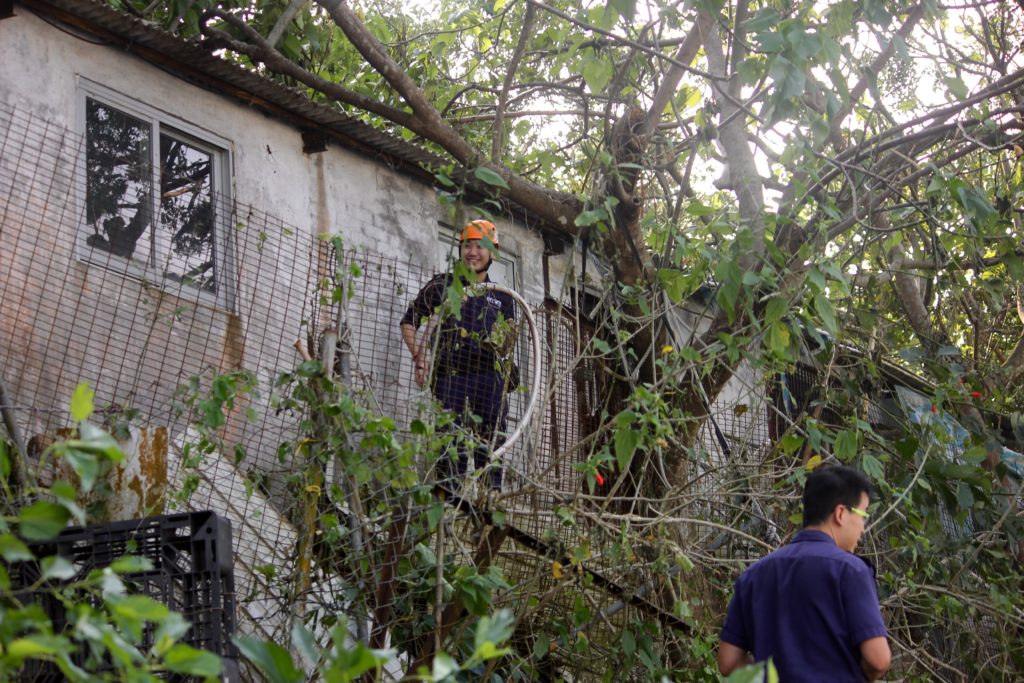
By this time, so much watching of Tse work had worn Coconuts HK to the point of exhaustion. A local mother, who came with her daughters to observe the inspectors climb through the shrubby fortifications, rightly picked us out as a reporter, most likely noting our lack of meaningful contribution.
For Tse — who sometimes handles 10 jobs a day — the shift had been relatively straightforward. Just another eight hours in the SPCA’s 97 year history.
Returning to the van, we started the comparatively easier task of writing a story about a day of animal rescue in Hong Kong.
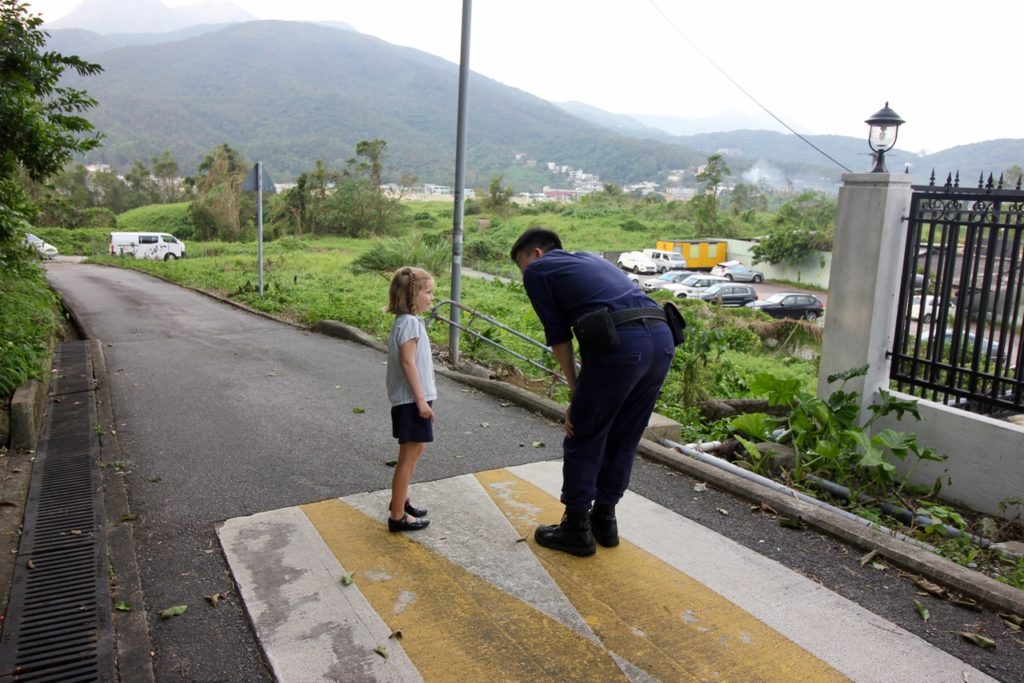
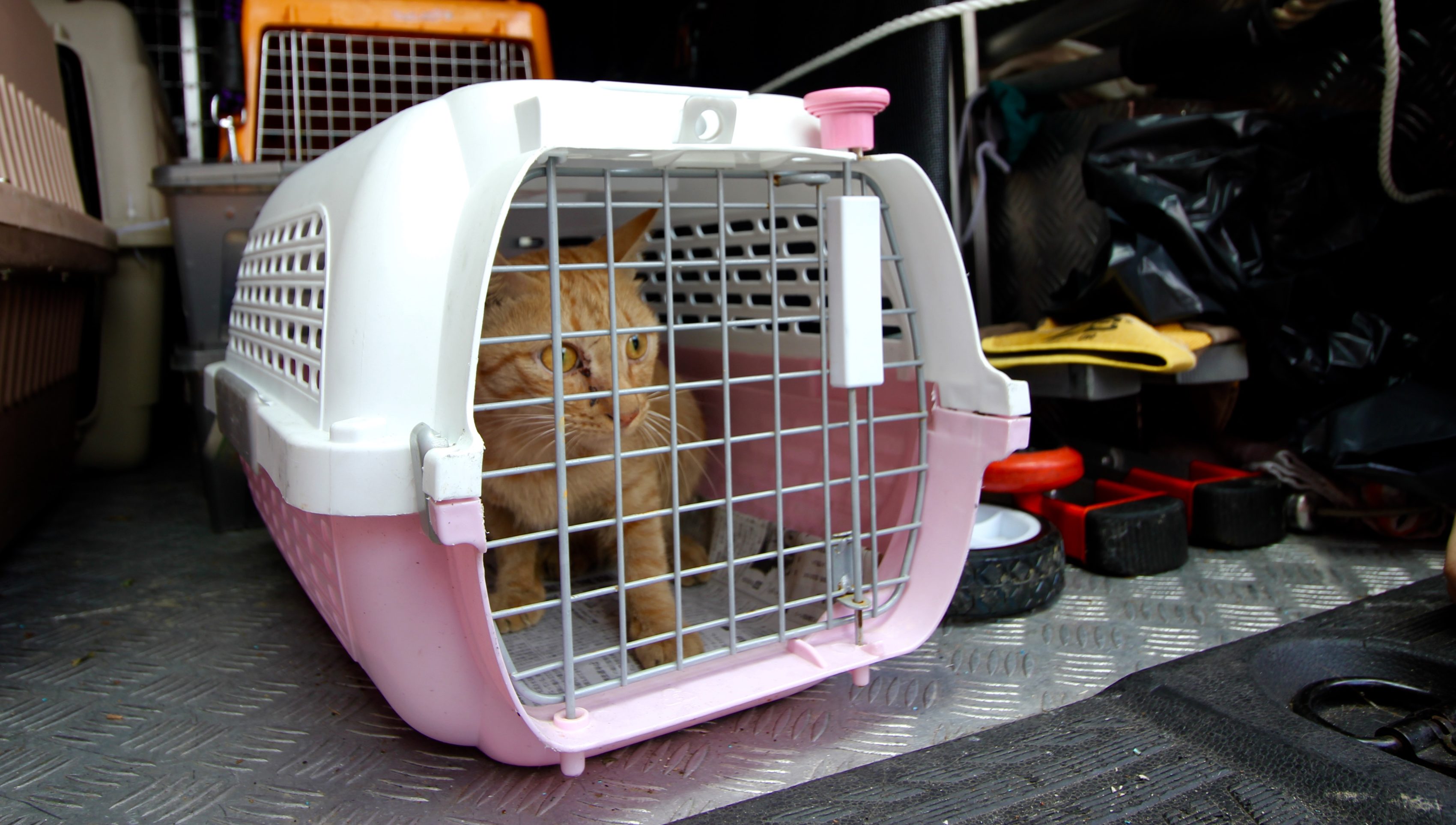


Reader Interactions